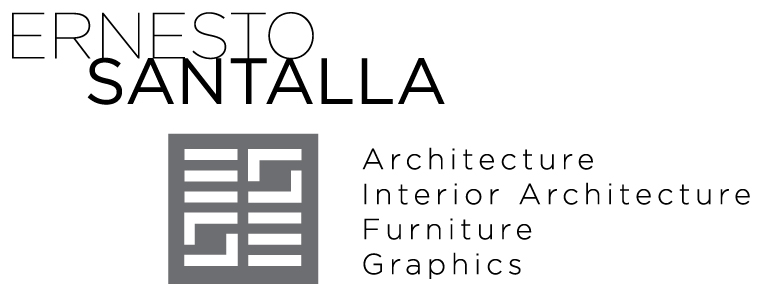Luxury, Necessity Then Obsolete
Written by Spencer McNeil on December 5th, 2012 // Filed under Uncategorized
When things like electricity and telephone service became available to those who could afford it, some households passed on the offer because they had servants to keep their rooms lit at night with candles and other servants to deliver and receive messages. As with any other technology, the novelty caught on to the point of necessity where we are very hard pressed to subside without either one of them for more than a day as we rely on electric chargers to keep our phones operational.
Other technologies, very expensive at first like fax machines, became something we could not operate without. At present, most of us use the fax to scan documents we email as an attachment and for that occasional fax that someone insists on sending. I know there is a way to get rid of it, but the phone company is holding me hostage by not allowing to transfer the number and use it with an internet based solution. Therefore, this technology is one that lingers.
Then there are those artifacts that are here today, gone tomorrow because they were just an interim solution, such as 8-track cassette, which was quickly ousted by the more compact and reliable cassette.
My lead up is to make the case for the necessity of what is mostly considered a luxury, like the work I do as an architect and interior designer by removing what I consider obsolete.
Architects are charged with many responsibilities, which include meeting building codes, zoning ordinances, environmental concerns and being responsive to community interests, among others. The architect is asked to adhere to a budget and a schedule, as well as coordinate an often long list of specialized consultants, such as engineers. Architects are not responsible for producing beautiful work, but strive to do so.
Commercial Interior Designers work in the context of highly regulated spaces like office buildings, theaters, restaurants and shops. These interiors are designed to be commodious and the desire to create beauty is high by the Owners and design professionals alike. Residential Interior Designers, often referred to as decorators, are specifically hired to create beauty.
I was trained as an architect, but when I started working I couldn’t understand why I was supposed to hand things over to the designers. I was told I didn’t know how to pick colors, so I learned. I also learned how to select and specify furniture. I learned the subtleties between residential and commercial work. I learned about lighting and AV systems. Most importantly, I made it my business to put it all together as a singular product, which is different from saying I do it all.
My services are considered a luxury by many, but I contend they are a necessity.
First, my office combine the skills of a host of design professionals. My office handles complicated building code issues, but we also specify drapes as part of our skill set. We are concerned with space and equally concerned with how to make it functional and beautiful. We work with structural, mechanical, electrical and plumbing engineers, but help clients select bed linens.
Second, we favor quality over quantity.
And third, we design spaces for our clients to live and work in comfortably and occupy less space. Efficiency translates in to reduced design and construction schedules, which in turn saves money. It’s a winning proposition.
I believe a new breed of design professional is emerging to reduce the redundancy we’ve created through compartmentalization. Very specialized applications require very highly specialized professionals, but that does not apply to most projects, which require a design professional who directs the orchestra to bring all the players together and produce well executed, cohesive projects.
As I see it, there is no excuse for attractive buildings to have mediocre interiors that are poorly planned and sloppily engineered. By the same token, I don’t subscribe by the notion that more space and expensive fittings define luxury. Spending money that way is wasteful and socially irresponsible. Luxury is created by the way all the components of a design come together functionally and aesthetically. Excess is obsolete, but the use of good quality materials is of the essence. Informed choices are key and what opens the door is good design.
The design industry must catch up with the 21st century. Commercial architecture, design and engineering are way ahead of the residential market, where the American Dream must be redefined.
Visit www.studiosantalla.com to see some of our work. Email mail@studiosantalla.com if you’d like to discuss a project you have in mind.
Like Studio Santalla on Facebook







